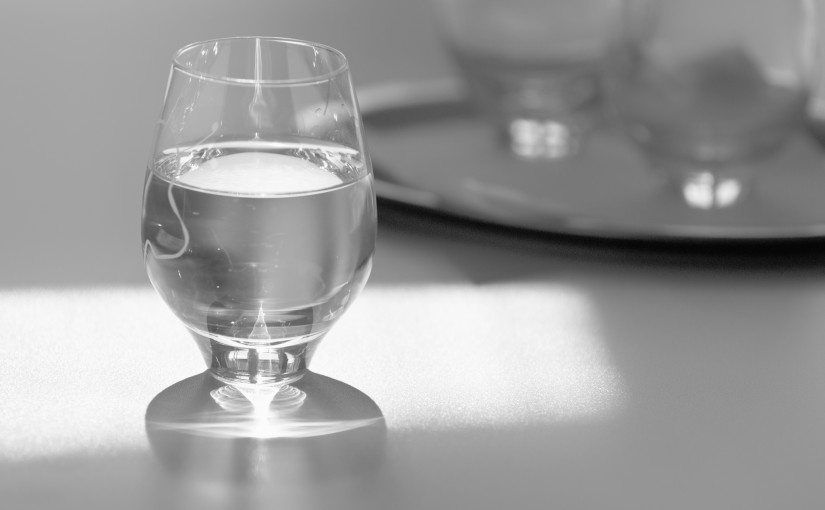(Photo credit: Gabriele Diwald/Flickr)
You are primarily made up of water. This is true of you and of every other person on the planet.
On average, adults are 60% comprised of water, while newborns can reach as high as 75% water. If we are to maintain our strength, well-being, and ability to function in our day to day life, it is essential that we sustain healthy levels of hydration.
The body needs to preserve its water balance in order to avoid dehydration. This means that for every drop of water released from the body, another must enter it. Keeping this ‘water homeostasis’ is extremely important for your health.
Water loss is a regular part of life. Sweating, urination and other bodily functions lead to the loss of water every day. These are normal processes that contribute to your body’s operation. More dramatic, yet still manageable, water loss can be the result of heavy physical activity or extreme heat. Whatever the causes, when your body loses water you become thirsty, which incentivizes you to look for water to rehydrate.
[custom_blockquote style=”eg. green, yellow, purple, blue, red, black, grey”] Did you know?
You may need to modify your total fluid intake depending on your age, how active you are, the climate (temperature and relative humidity) you live in, your health status (illness, fever, vomiting or diarrhea) and whether you’re pregnant or breast-feeding. [/custom_blockquote]
While the body aims for homeostasis, it can still function at a water deficit. A 3-4% water decrease doesn’t cause problems for most people, while a 5-8% decline leads to fatigue and dizziness. By the time you reach a 10% deficit dehydration begins to have more severe effects, including physical and mental distress. A decrease in water levels of 15-25% is fatal.
Fortunately, when people have access to clean water, the body naturally regulates water levels through the feeling of thirst, which encourages you to drink when levels are low and reducing fluid excretion. Although “water intake and output are highly variable,” according to the European Hydration Institute (EHI), they are “closely matched to less than 0.1% over an extended period through homeostatic control.” Fatal levels of dehydration are usually the result of severe illnesses, such as cholera.
In order to increase your hydration and achieve homeostatic levels, there are three main sources of water ingestion. The primary source of water is from drinking water and other fluids; this accounts for 70-80% of water intake. Food is also a significant source of water, accounting 20-30% for most people. The final source is very small, with only 250-350 ml of your water intake coming from the oxidation of macronutrients.
Under most circumstances, the EHI finds that the average person loses and needs to replace approximately 2-3 litres of water a day. Your body regulates this process very well, and a loss of 1% of your total water will usually be returned within 24 hours.
Water is a vital component of our bodies. Nurture your body by staying hydrated and maintaining your water balance every day.
